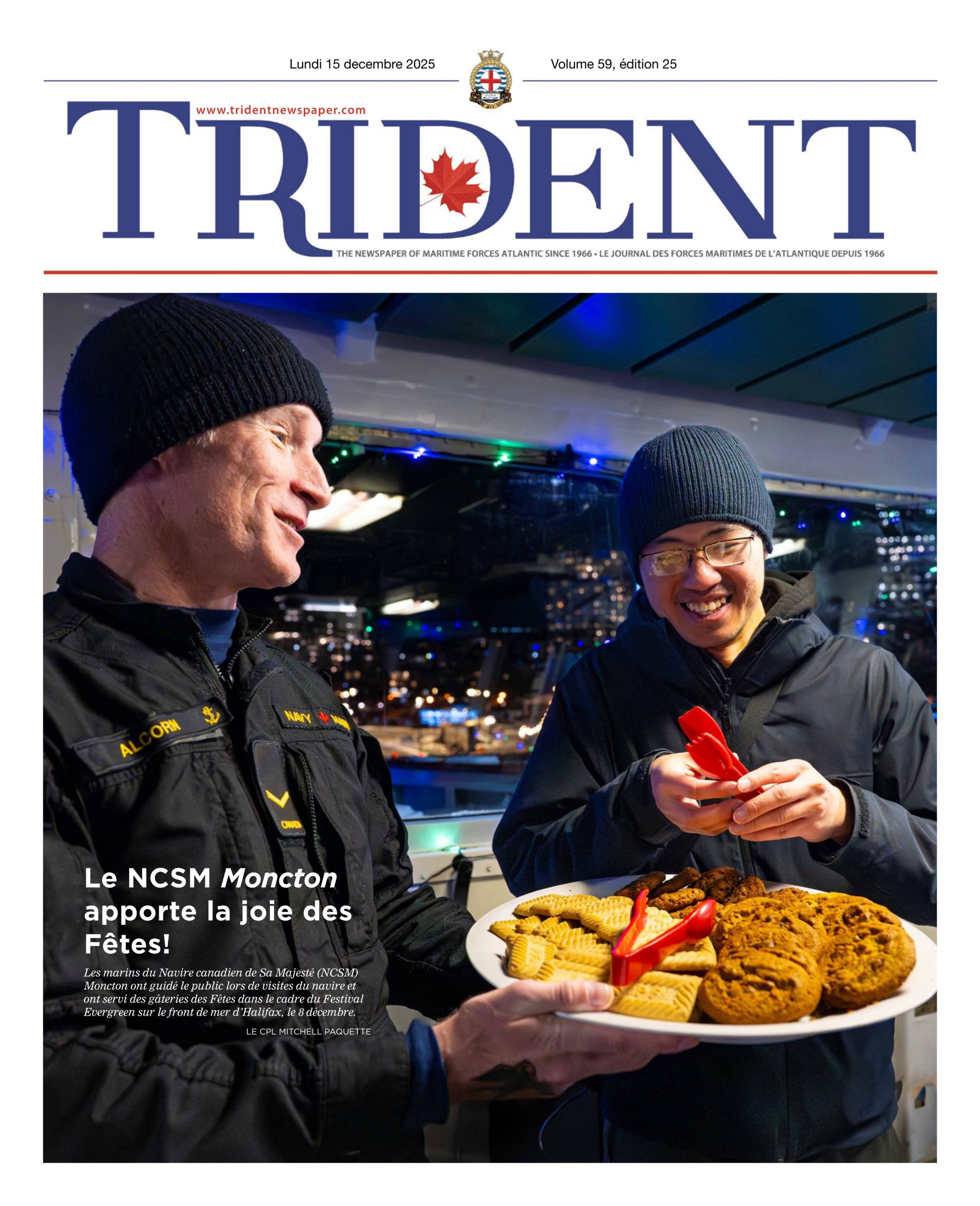Click here to try our Back to Nature Scavenger Hunt!
World Environment Day is the most renowned day for environmental action. Since 1974, it has been celebrated every year on June 5.; engaging governments, businesses, celebrities and citizens to focus their efforts on a pressing environmental issue.
In 2020, the theme is Biodiversity: Time for Nature. Recent events from bushfires in Brazil, the United States and Australia, to locust infestations across East Africa, and now, a global disease pandemic – demonstrate the interdependence of humans and the webs of life in which they exist.
This World Environment Day, let’s Learn, Share and Act to preserve nature for human well-being.
Learn:
- Being confined to our homes in the perfect opportunity to learn more about the wild species and habitats with which we share our planet. This time indoors can be a chance to reflect on the role of nature in our lives and the ways in which we can advocate for positive change.
Share:
- Head to the United Nations Environment Programme’s (UNEP) social media feeds and share with the world why action for nature is so critical. Be sure to use the #ForNature and #WorldEnvironmentDay hashtags.
Act:
- Leave some wild green spaces in your garden where pollinators and ground dwelling insects can thrive;
- Avoid buying single-use plastics. Plastic waste that ends up in nature is often mistaken for food by animals both on land and at sea. For many species, it can cause severe injury and death;
- Recycle as much as you can; and
- Change your diet to more environmentally friendly foods, especially your main protein sources.
In addition to World Environment Day, MARLANT will join thousands of organizations across the country to celebrate Environment Week from June 8th – 14th. Established in 1971, Canadian Environment Week celebrates Canada’s environmental accomplishments and encourages Canadians to contribute to preserving and protection our environment.
For more information related to World Environment Day, Canadian Environment Week or MARLANT Safety and Environmental programs contact us at +N48FormationSafetyandEnvironment@forces.gc.ca or visit our website http://halifax.mil.ca/MarlantSafetyEnvironment/
Together We Can Act #ForNature
Canadian Environment Week, 8-14 May 2020
World Oceans Day
Please join MARLANT in celebrating World Oceans Day – Innovation for a Sustainable Ocean
The Government of Canada proposed the concept of World Oceans Day at the 1992 Earth Summit in Rio de Janeiro. In 2008, the United Nations (UN) resolved that June 8th would be designated as World Oceans Day. The day is a global event that is observed annually on the 8th of June for the conservation and protection of the oceans of the world as well as a reminder of the importance the oceans have in our everyday life.
Why our oceans are important?
“The ocean covers 70 percent of the Earth’s surface and contains 97% of the planet’s water, is the planet’s largest biosphere and home to up to 80 percent of all life in the world. Over three billion people depend on marine and coastal resources for their livelihoods and its crucial for global food security and human health. The ocean generates 50 percent of the oxygen we need, absorbs 25 percent of all carbon dioxide emissions and captures 90 percent of the additional heat generated from those emissions.” United Nations, 2020
The Ocean is of such importance that the UN’s post-2020 Global Biodiversity Framework has identified protection of 30% of land and ocean by 2030, as a global goal. Canada is also doing our part in safeguarding the protection of ocean diversity, the Department of Fisheries and Oceans (DFO) Marine Protected Area (MPA) Network has designated 3 MPAs in the Arctic Ocean, 8 in the Atlantic Ocean and 3 in the Pacific Ocean since 2003.
What is the RCN doing to protect and sustain our Oceans?
The MARLANT and MARPAC operational range and training areas are paramount to the DND’s ability to generate multi-purpose, combat effective forces in the maritime environment. These areas are also home to several threatened and endangered marine species-at-risk, as well as, designated critical habitat and MPAs. The Royal Canadian Navy (RCN) respective coastal environment staffs continue to participate in the process for determining and designating MPAs, which includes collaborating with other federal partners such as Fisheries and Oceans Canada, Transport Canada, Environment and Climate Change Canada, and Parks Canada to ensure activities are being carried out in a manner that minimizes the environmental effects of military training activities within our maritime range and training areas to help keep our oceans’ habitat protected and sustainable for years to come.
World Oceans Day celebrations this year will take place as a virtual event. MARLANT encourages you to visit the following websites for further information and see what you can do to conserve and protect our oceans:
- Visit the official United Nations World Oceans Day Portal for all the 2020 Virtual Events and how you can make a pledge to help save our oceans. https://www.unworldoceansday.org/
- Explore underwater virtually with SuperNOVA on June 8th from 11:00am to 12:00pm as they launch their ROV in the Halifax Harbour. https://www.facebook.com/events/277815779929980/
- Download the eOceans app on your smartphone to help scientists understand the impact of COVID-19 on the ocean and coastal communities. To learn more visit https://www.eoceans.co/project-covid19
- For other local Oceans Week Halifax events, follow www.oceansweek.ca
- Watch the award-winning documentary “A Plastic Ocean” available on Netflix which documents the global effects of plastic pollution and highlights innovative solutions that everyone can take part to create a cleaner, healthier ocean.
- 2020 Sustainable Oceans Conference is being held in Halifax, NS in September 2020.
What will you do to help conserve and protect our oceans? Send your suggestions to MARL SE at +N48FormationSafetyandEnvironment@forces.gc.ca .
Help #WorldOceansDay grow the movement to protect our blue planet by using the hashtag #ProtectOurHome and tagging @WorldOceansDay on Facebook, Instagram, & Twitter.
Spring Cleaning Our Own Yards
In support of Environment Week each year, MARLANT conducts Op Community Commitment, where participants remove litter and plant flower beds to enhance our properties at Stadacona and Dockyard. This year, the COVID-19 pandemic has resulted in the cancellation and postponement of most community cleanup events held throughout the city, ours included.
To continue to play a lead role in our community’s effort to sustain the environment and increase community pride and spirit, we are challenging everyone to get creative at home. Suggestions for activities that can be done from home include:
- Bring a bag and gloves to collect litter on your next neighbourhood walk (remember to respect physical distancing requirements);
- Tidy up your own yard;
- Plant a tree; or
- Plant a vegetable garden.
Submit photos of your at-home environmental activities to MARL SE at +N48FormationSafetyandEnvironment@forces.gc.ca or to social media by using the hashtag #OpCommunityCommitment.
Keeping Our Harbour and Ocean Clean
The Halifax Harbour is one of the world’s largest deep water, ice-free harbours. Untreated sewage was released into the harbour for more than 250 years before wastewater treatment plants were installed in 2008.
The wastewater treatment plants use a process known as advanced primary treatment. This level of treatment includes mechanical solids separation augmented by chemical treatment to enhance removal of suspended solids.
With an increase in use of sanitizing wipes and protective rubber gloves during the COVID-19 pandemic, Halifax Water has identified an increase in improper disposal of these items. Wipes and gloves don’t break down and get caught up in wastewater treatment facility screens and filters and clog wastewater pumping station pumps. These items belong in the garbage.
The sewage from our kitchens and bathrooms is not the only source of contaminants entering our harbour. Joining the sewage in the various collection systems are many other contaminants. Household items such as pharmaceuticals, paints, solvents, fats, oils and greases, motor oil, and antifreeze cannot be effectively treated by wastewater treatment plants. They will ultimately end up entering the harbour untreated after passing through the wastewater treatment plants. These household items should be disposed of at household special waste drop-off depots, not be poured down drains.
Plastic pollution is another major threat to our harbour. Most marine plastic pollution has either been littered or inadequately disposed. In either case, it can be transported to the harbour by wind, storm sewers or other waterways. During the 28. Annual Friends of McNabs Island Beach Cleanup in 2019, the group collected approximately 350 bags of garbage and recyclables. Most of the trash collected was land-based plastic (food containers, plastic bags, cigarette butts, cups and bottles). To help reduce this influx of plastic into the harbour: do not litter, collect litter if you see it (wearing gloves) and call 311 to report overfilled public garbage and recycling bins.
What additional measures have you taken to keep the Halifax Harbour clean? Send your suggestions to MARL SE at +N48FormationSafetyandEnvironment@forces.gc.ca .
Getting Back to Nature
The foods we eat, the air we breathe, the water we drink and the climate that makes our planet habitable all come from nature. For instance, each year, marine plants produce more than half of our atmosphere’s oxygen, and a mature tree cleans our air, absorbing 22 kilograms of carbon dioxide, releasing oxygen in exchange.
It’s ironic that COVID-19, which has forced us indoors, has had the positive side effect of clearing skies all over the world as we burn fewer fossil fuels. At the same time; however, some eco-friendly behaviours have had to be eclipsed by immediate safety precautions. For example, we’re now required to use many disposable and plastic products we might have avoided before. We can’t refill bulk containers, or travel mugs or put our groceries in our own reusable bags.
Contact with nature has significant personal and societal health and well-being benefits. During these times of physical distancing, connecting and experiencing nature have not been easy. With the recent reopening of national, provincial and municipal parks and trails, our ability to explore nature has returned to some degree. Love of nature motivates positive action, which is empowering and meaningful.
Below are some ideas for getting back to nature with your family while respecting the current physical distancing requirements:
- Complete a neighbourhood climate and environment-related scavenger hunt for nature in and around your home with your children (attached);
- Get to know the birds in our province with the Breeding Bird Atlas;
- Inspire young Canadians with The Nature Playbook; or
- Use the HRM Urban BioKit ou Trans Canada Trail BioKit to record what you find in the natural spaces around you.
What will you do to get back to nature? Send your suggestions to MARL SE at +N48FormationSafetyandEnvironment@forces.gc.ca .
Together We Can Act #ForNature.
Biodiversity: What Is It?
The 2020 theme for World Environment Day (June 5.) was Biodiversity: Time for Nature. Biodiversity is a complex, interdependent web, in which each member plays an important role, drawing and contributing in ways that may not even be visible. The foods we eat, the air we breathe, the water we drink and the weather that makes our plant habitable all come from nature. Changing or removing one element of this web affects the entire life system and can produce negative consequences.
Protecting biodiversity starts with knowledge and exploration. In addition to supporting education, the Government of Canada has also been taking direct actions to conserve our living species and ecosystems through a combination of research, monitoring, policies, regulation, enforcement, conservation areas and partnership activities.
With Canada’s federal, provincial and territorial governments taking steps to conserve biodiversity, you might be wondering what you can do to help. Listed below are a few things you and your family can do in your own backyard to support biodiversity:
- Naturalize your lawn: Lawns are unnatural habitats. Instead, plant a variety of vegetation types and group them in clusters to attract insects, birds, butterflies, hummingbirds and other animals.
- Create a pond: Ponds provide habitat for a variety of species ranging from insects to frogs and fish. If space is a limiting factor, a bird bath will attract not only birds but pollinating insects and even chipmunks.
- Create other types of habitats: Supply wild food by planting perennials such as fruit and nut trees, nectar-producing flowers and berry bushes.
- Plant native species: Regardless of whether you have a flower, vegetable, rock or natural garden, native species are an important element of biodiversity which create a natural habitat for local wildlife.
- Compost: Adding compost to your garden will enrich your soil by encouraging micro-organisms and worms to thrive, improving soil drainage, increasing the soil’s ability to hold moisture, and providing nutrients for plant growth.
To learn more about Canada’s Biodiversity Strategy or for additional ideas on how to get involved visit: https://biodivcanada.chm-cbd.net/.
What additional measures have you taken learn about or conserve biodiversity? Send your suggestions to MARL SE at +N48FormationSafetyandEnvironment@forces.gc.ca.
Together We Can Act #ForNature






